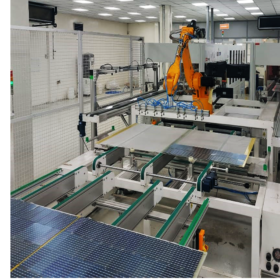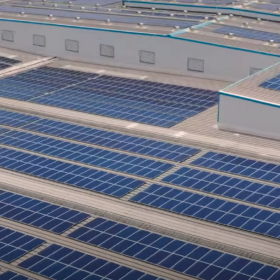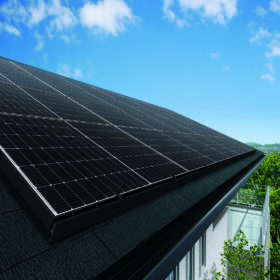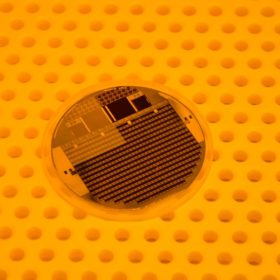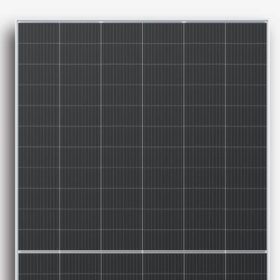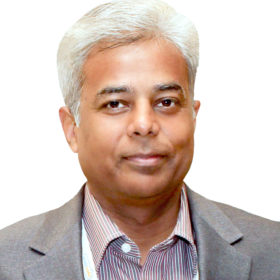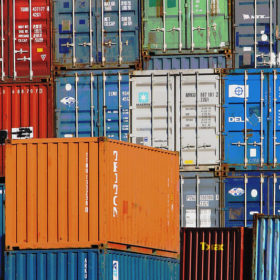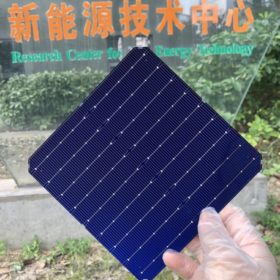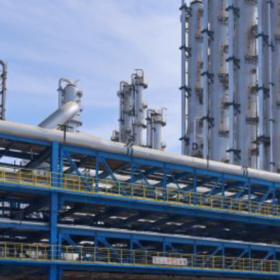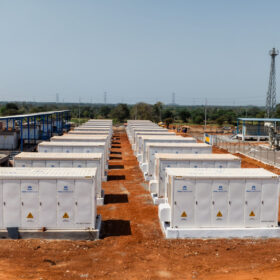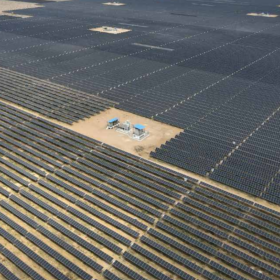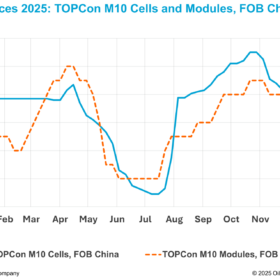Saatvik secures solar module supply order for Mauritius project
Indian PV manufacturer Saatvik Solar will supply 9.3 MW of mono PERC modules to Bharat Heavy Electricals for a PV project in Mauritius. The panels will feature multi-busbar and half-cut cell technology.
India installed 456 MW of rooftop solar in Q1
India’s rooftop solar installations increased by 34% year on year in the January-March period, despite a 17% increase in system costs.
Sharp presents 375 W rooftop PV module for gable roofs
Sharp’s new 375 W solar panels feature multi-wire technology, with a power conversion efficiency of 20.4%.
Fraunhofer ISE achieves 47.6% efficiency with III-V four-junction CPV cell
Fraunhofer ISE have improved the performance of a cell structure originally developed by France’s Soitec in 2014. The German scientists managed to reduce resistance losses and the reflection on the cell front side.
Risen launches 450 W rooftop solar module with 21.7% efficiency
The panel measures 1,894 mm x 1,096 mm x 30 mm, weighs in at 22.5 kg, and has a temperature coefficient of -0.34% per C.
Waaree gets NCLT nod for Indosolar acquisition
India’s National Company Law Tribunal (NCLT) has approved Waaree’s acquisition of Indosolar, in a deal that will expand its planned PV cell production capacity from 4 GW to 5.4 GW, while complementing its upcoming foray into module manufacturing.
JA Solar supplies DeepBlue 3.0 modules for 225 MW PV plant
Chinese manufacturer JA Solar has supplied its M10 DeepBlue 3.0 modules for a 225 MW PV solar plant operated by JSW Energy in Karnataka. The modules have an efficiency rating above 21.0% and a power output of up to 545 W, with a 72-cell configuration.
Analyst predicts extent of rise in this year’s solar capital costs
Wood Mackenzie this week made a slew of predictions for the industry in 2022 and noted the effects the US’ recently announced anti-circumvention investigation is already having on utility scale plans.
Solar tariffs to rise 21% over the next 12 months
Solar tariffs will likely increase to INR 2.95 ($0.039)/kWh in the next 12 months, mainly due to the 40% basic customs duty on imported solar modules.
Heterojunction solar cell with 25.18% efficiency, 85.42% fill factor
Researchers in China have fabricated a heterojunction solar cell with a 244.63 cm2 Czochralski n-c-Si wafer. They used light soaking to improve the dark conductance of the hydrogenated amorphous silicon films.
